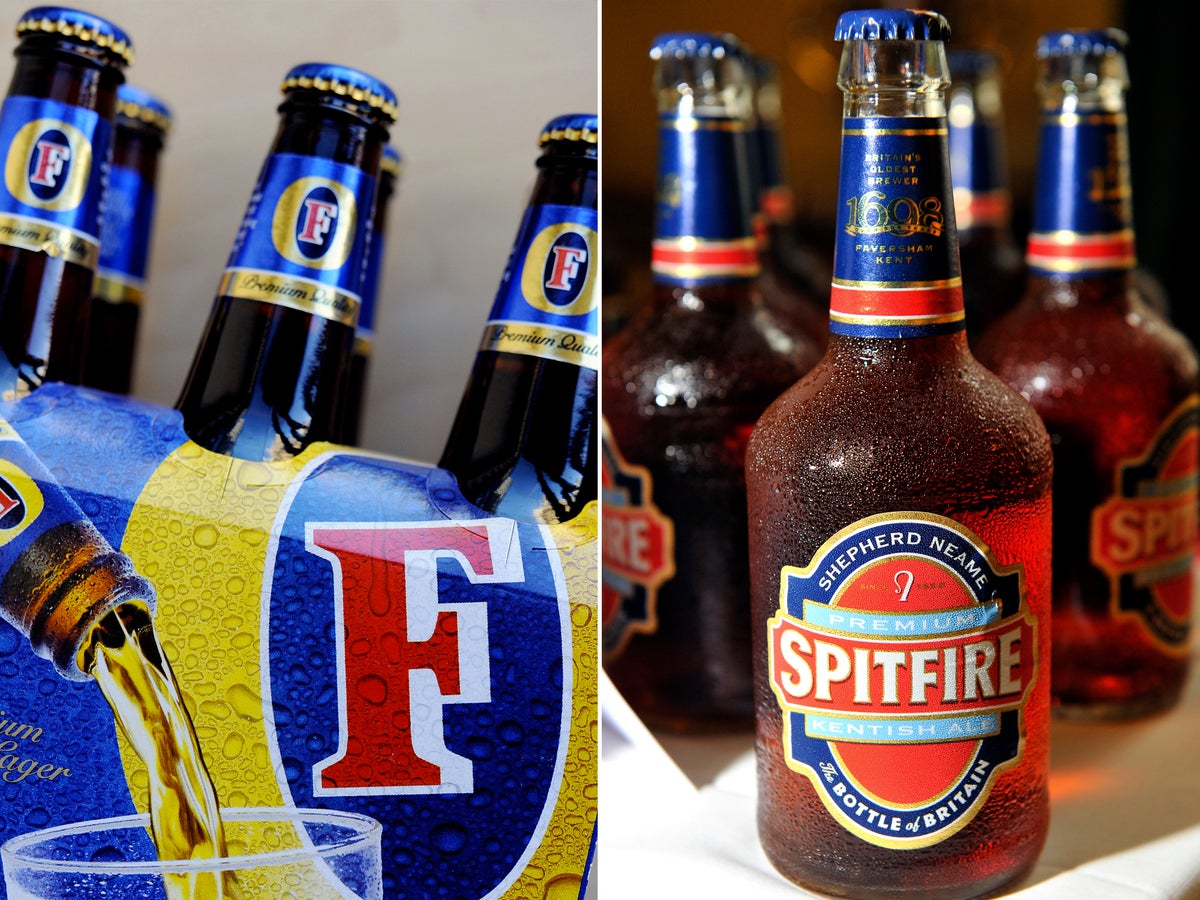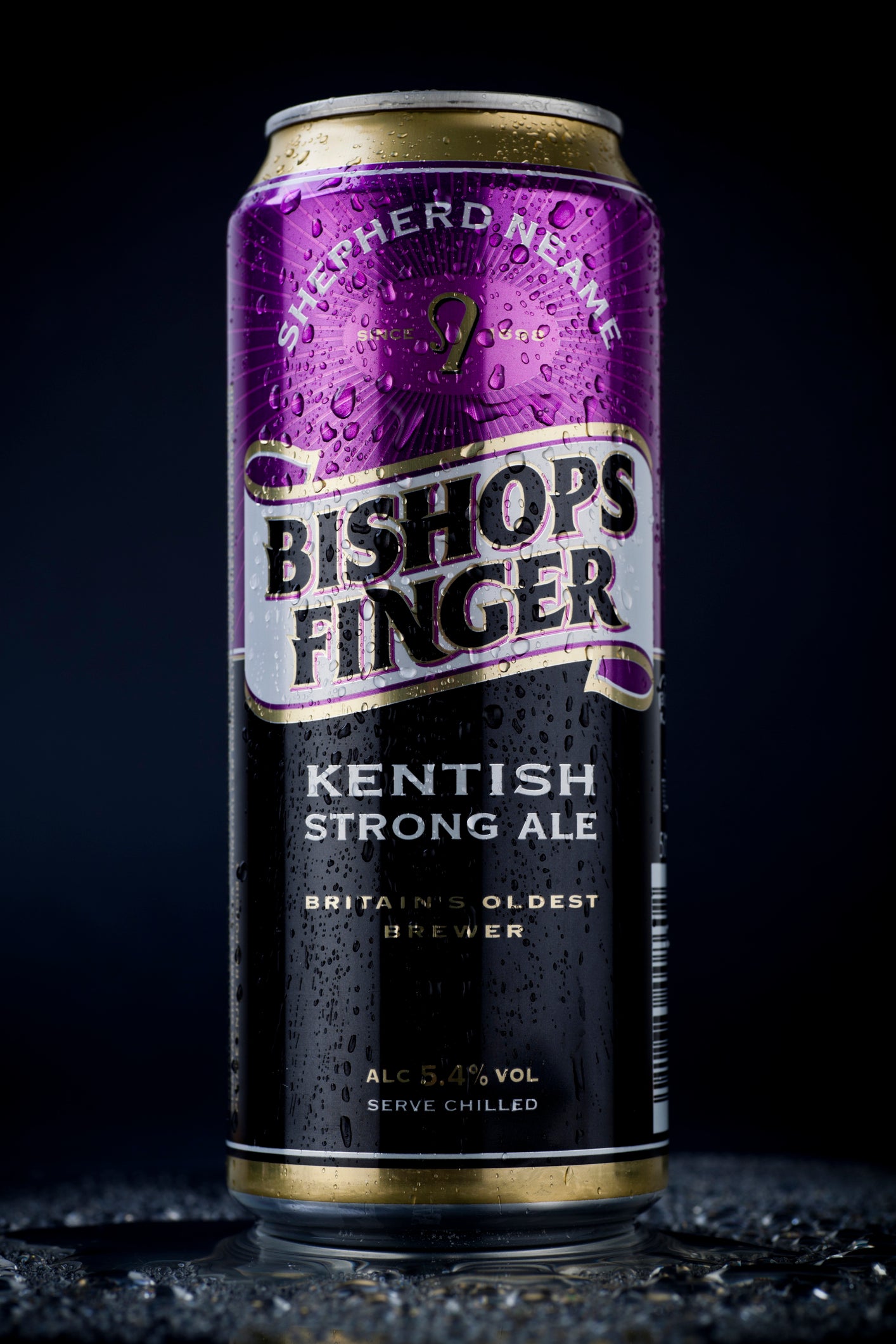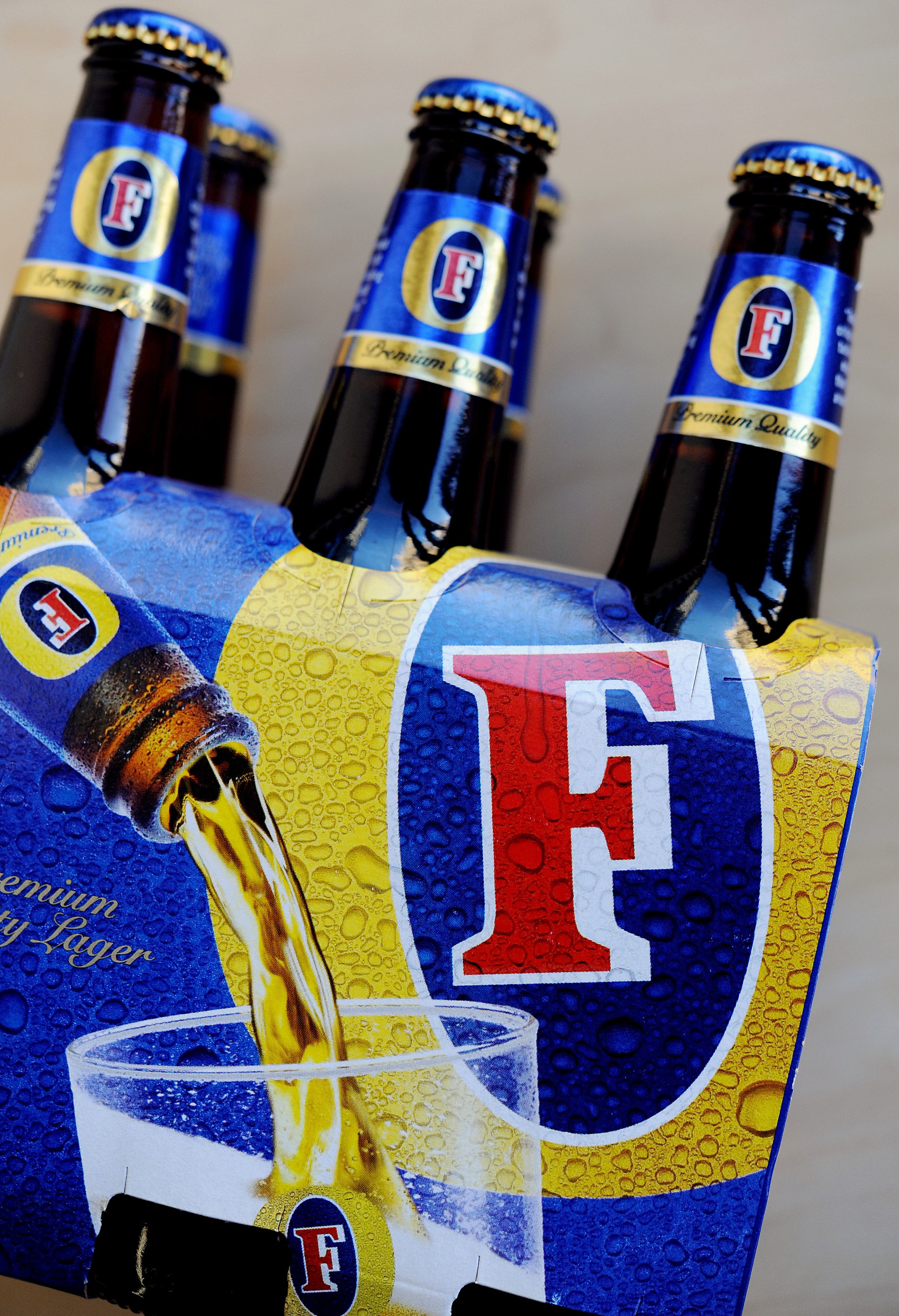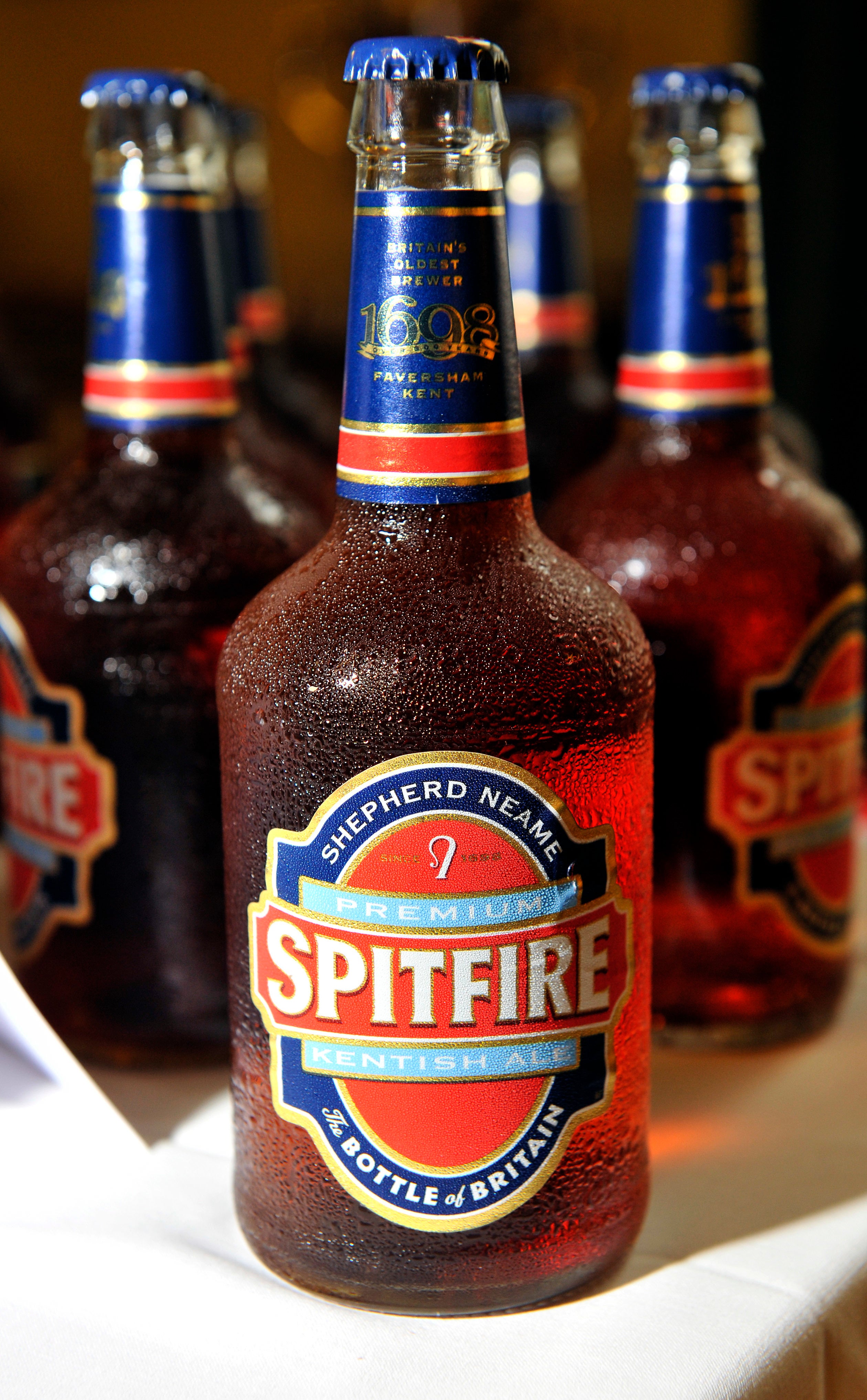
Some of Britain’s favourite beers are being made weaker due to the cost of living crisis in a problem that has been labelled ‘drinkflation’.
It’s the term being used to describe how beers are being made weaker while also getting more expensive so people buying them feel short-changed.
It comes amid sky-rocketing energy bills, rising mortgage rates and the cost of essentials like groceries going up.
Popular beers including Old Speckled Hen, Spitfire, Bishop’s Finger and Foster’s are among the brands that have seen their alcohol content, or ABV (alcohol by volume) decline in recent months.
Beer brewers are desperately trying to cut their costs as they feel the squeeze of the crisis.
‘Drinkflation’ is a spin-off of ‘shrinkflation’, which has been happening in supermarkets amid the ongoing crisis.
Products and packets have been getting smaller while the price of them has either stayed the same or even gone up in some cases.


Brewers can save money by cutting down the ABV of their beer because a levy is charged on the percentage of alcohol a beer has.
Foster’s, for instance, cut its alcohol content this year from four per cent to 3.7 per cent ABV.
This has saved the brand’s owner, Heineken, 3p of tax for every can.
But even though the alcohol volume has been reduced, the price of a keg of the lager sold to pubs went up by 15.8 per cent in January this year.
Other brands of beer have seen similar cuts, with Bishop’s Finger dropping from five per cent to 4.8 per cent so it saves 2p of tax per bottle and Spitfire ale going from 4.5 per cent to 4.2 per cent so its owner, Shepherd Neame, saves 3p for every 500ml bottle.

Bill Simmons, an industry consultant, told The Telegraph: “The problem is that the brewers have got nowhere to go. They can’t change the pack size, because that is a massive operation – the only course of action open to them is to reduce the ABV.”
Mr Simmons said supermarkets are putting pressure on brewers to keep their prices low to help keep food inflation down as it’s already at 20 per cent.
He added that in most cases drinkers wouldn’t be able to tell the difference in alcohol volume, adding that many younger people are opting for lower alcohol content beers anyway.
He said: “The biggest growth in the beer market today is in [low and non-alcoholic]. Anyone under 45 is not drinking high alcohol beers, or if they are they’re drinking them in low quantities.”
The Independent has contacted brewers Heineken, Shepherd Neame and Greene King for comment.




!["[T]he First and Fifth Amendments Require ICE to Provide Information About the Whereabouts of a Detained Person"](https://images.inkl.com/s3/publisher/cover/212/reason-cover.png?w=600)


